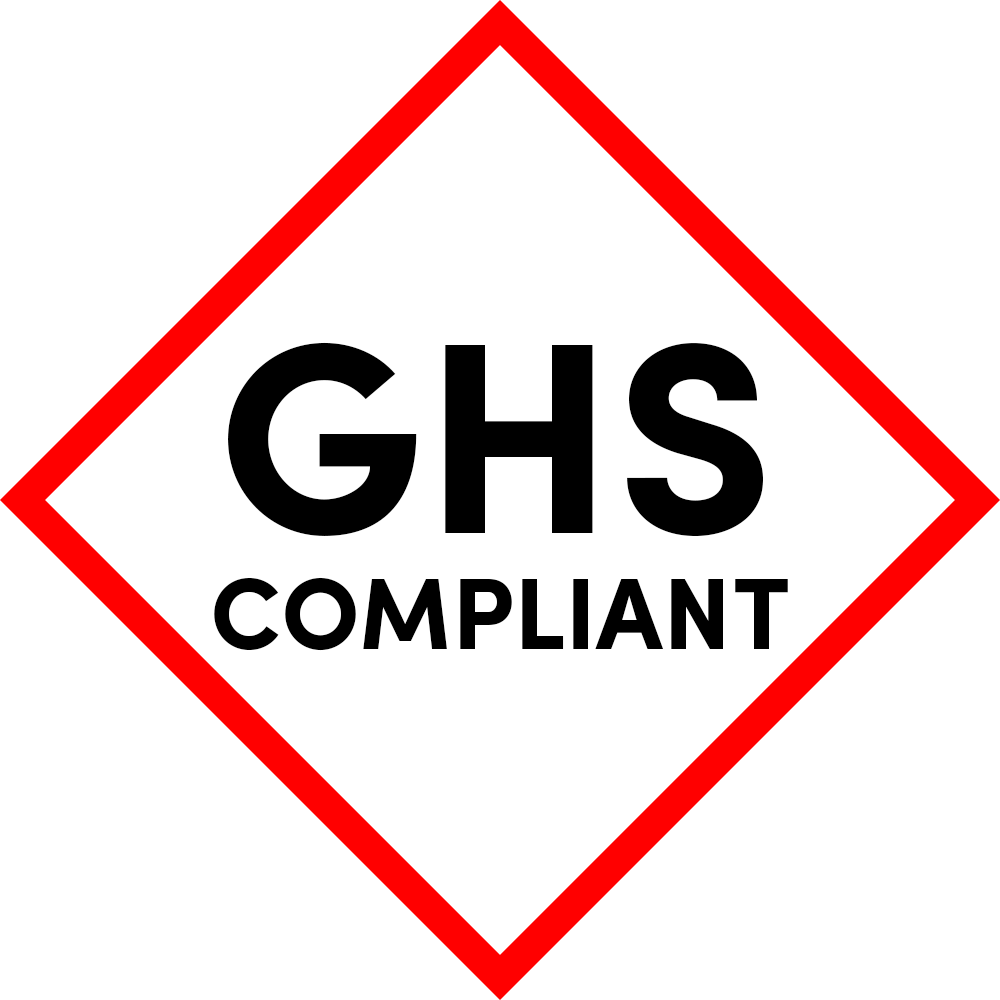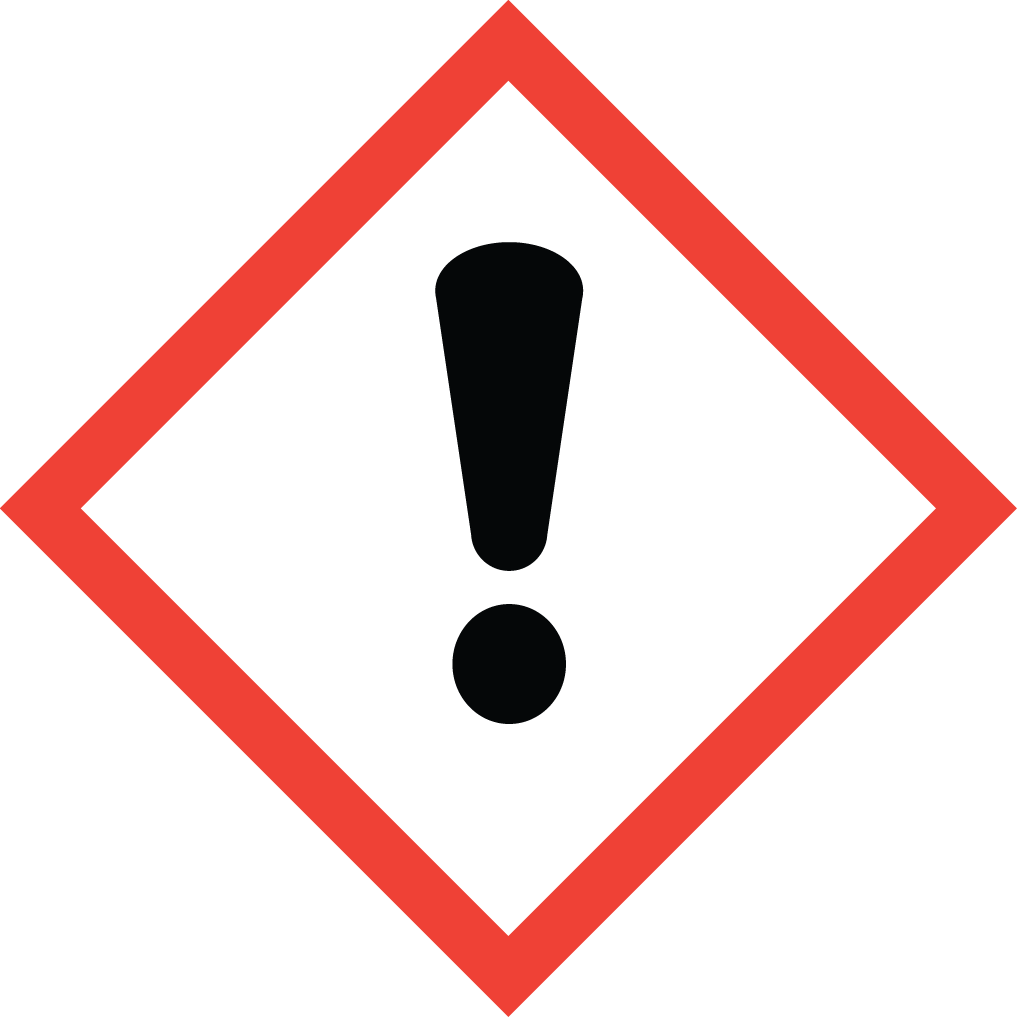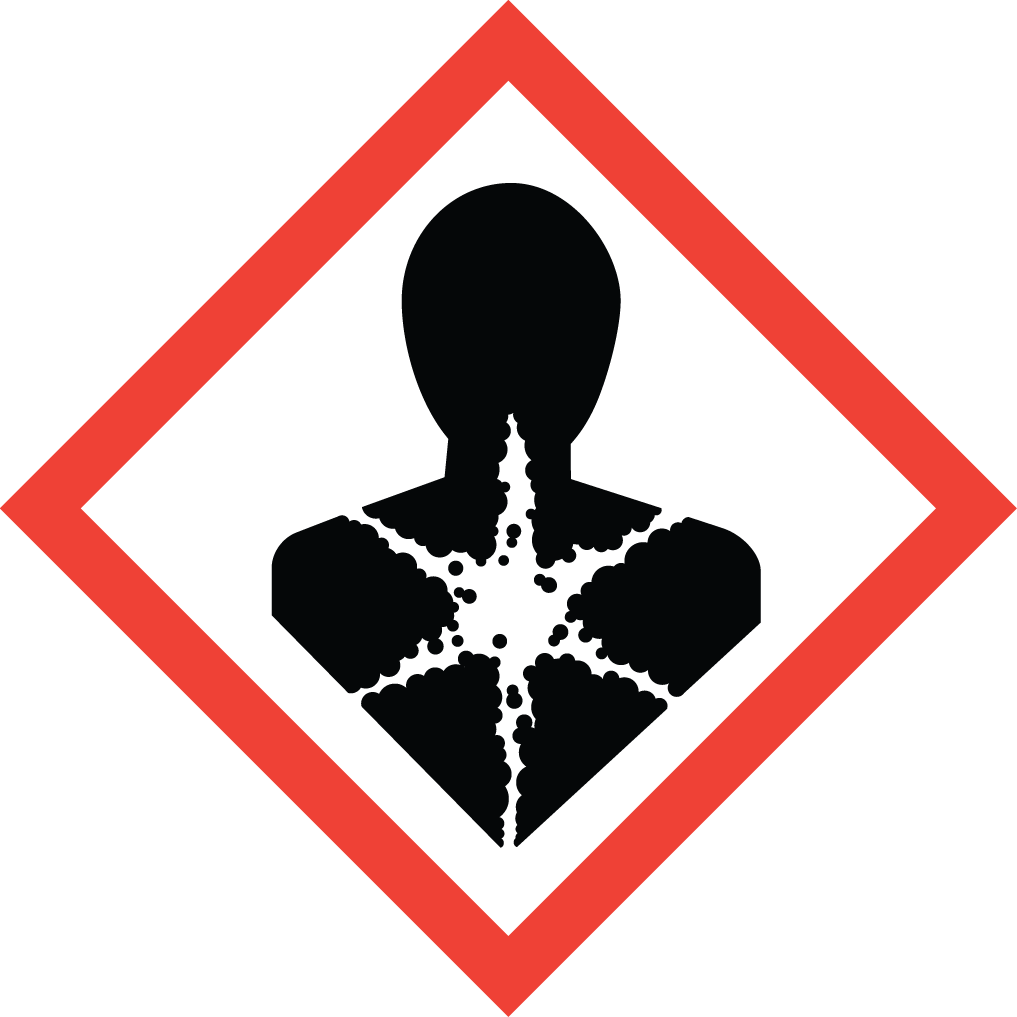
|
Concrete Floor Leveler Ready Made |
Hazard Statements
GHS HAZARD STATEMENTS Acute Toxicity, Inhalation, category 4 H332 Harmful if inhaled. Carcinogenicity, category 1A H350 May cause cancer. STOT, single exposure, category 1 H370 Causes damage to organs . Classified Category 1 Substances that produced significant toxicity in humans and evidence to produce significant toxicity with single exposure. Cell death, adverse change in biochemistry, haematology or urinalysis parameters, Central or peripheral nervous system and effects senses. multifocal or diffuse necrosis, fibrosis or granuloma formation in organs. STOT, repeated exposure, category 1 H372 Causes damage to organs through prolonged or repeated exposure.
Precautionary Statements
Do no eat, drink or smoke when using this product.
Manufacturer information
Name
DAP Global Inc.
Phone
888-327-8477
Address
2400 Boston Street Suite 200
Baltimore, MD 21224-4723
PICTOGRAMS


HMIS
| HEALTH |
2 |
| FLAMMABILITY |
0 |
| PHYSICAL HAZARD |
0 |
| PERSONAL PROTECTION |
Personal Protection RESPIRATORY PROTECTION: When concentrations exceed the exposure limits specified, use of a NIOSH-approved dust, mist and fume respirator is recommended. Where the protection factor of the respirator may be exceeded, use of a full facepiece, supplied air, or Self Contained Breathing Apparatus (SCBA) may be necessary. If concentrations exceed the exposure limits specified, use of a NIOSH-approved supplied air respirator is recommended. Where the protection factor is exceeded, use of a Self Contained Breathing Apparatus (SCBA) may be necessary. Use an approved NIOSH/OSHA respirator if dry sanded. National Institute for Occupational Safety and Health (NIOSH) has recommended that the permissible exposure limit be changed to 50 micrograms respirable free silica per cubic meter of Page 3 / 7 SDS Number: 7972901 SAP Number: Revision Date: 4/12/2022 air (0.05 mg/m3) as determined by a full shift sample up to 10-hour work shift. A respiratory protection program that meets the OSHA 1910.134 and ANSI Z88.2 requirements must be followed whenever workplace conditions warrant a respirator's use. SKIN PROTECTION: Wear protective gloves. EYE PROTECTION: Safety glasses with side-shields. OTHER PROTECTIVE EQUIPMENT: Not required under normal use. HYGIENIC PRACTICES: Remove and wash contaminated clothing before re-use. |
NFPA
2
0
0

Oregon City School District
Local data
SKU #


